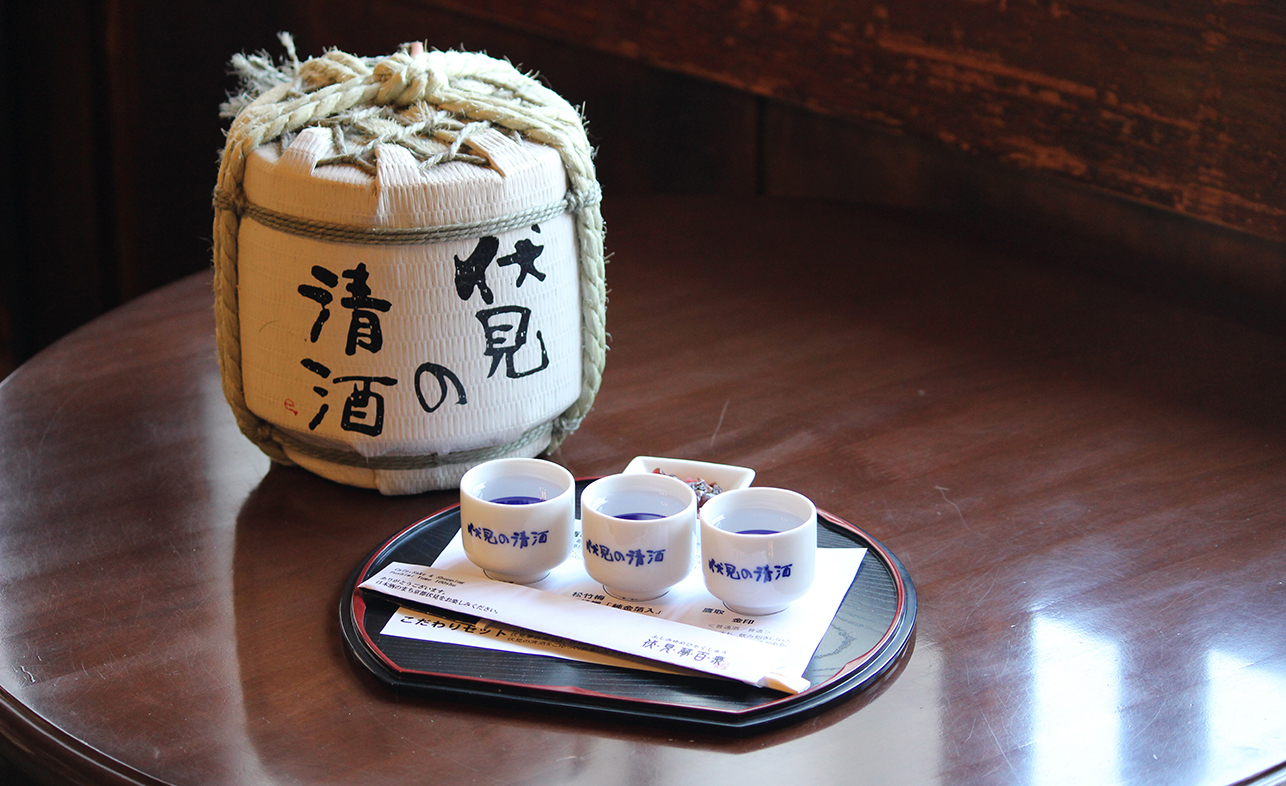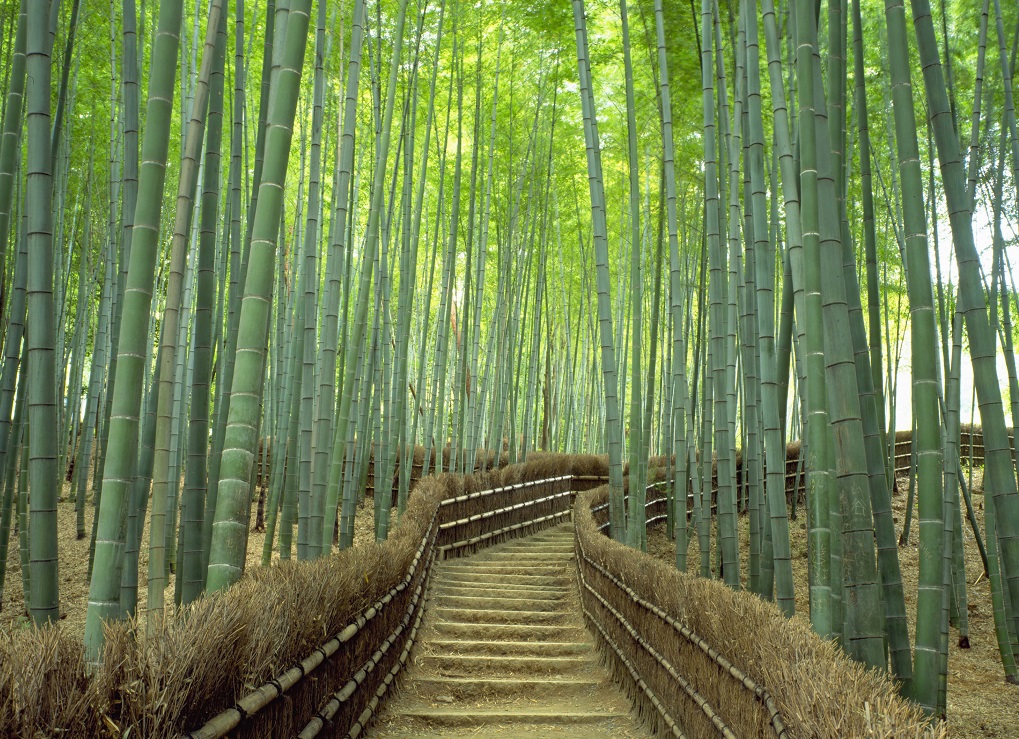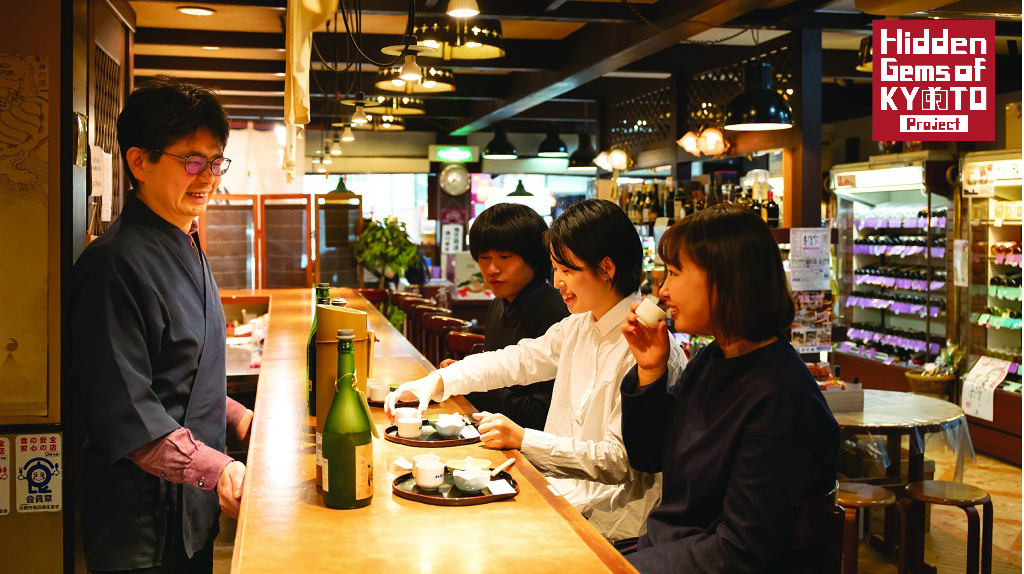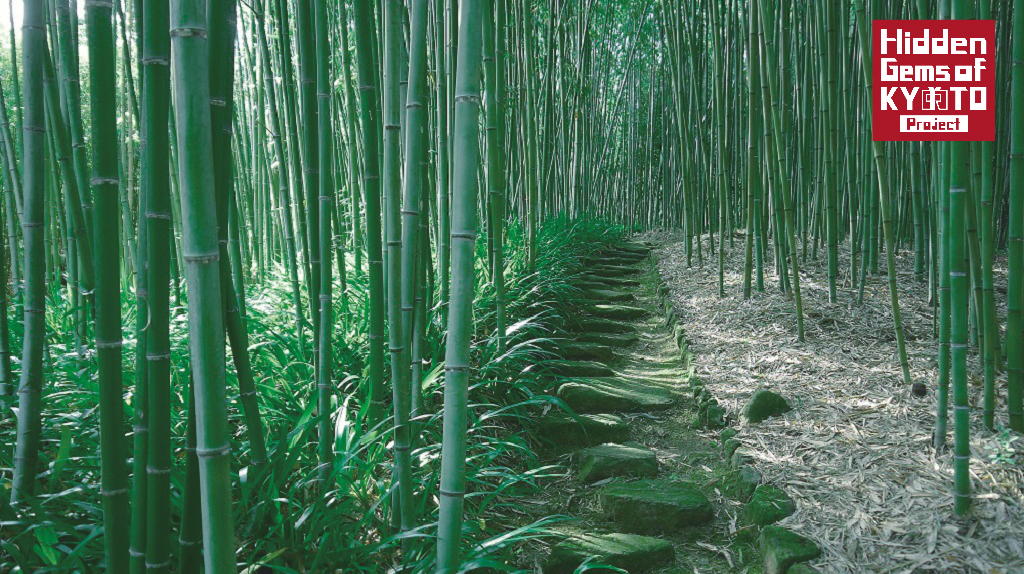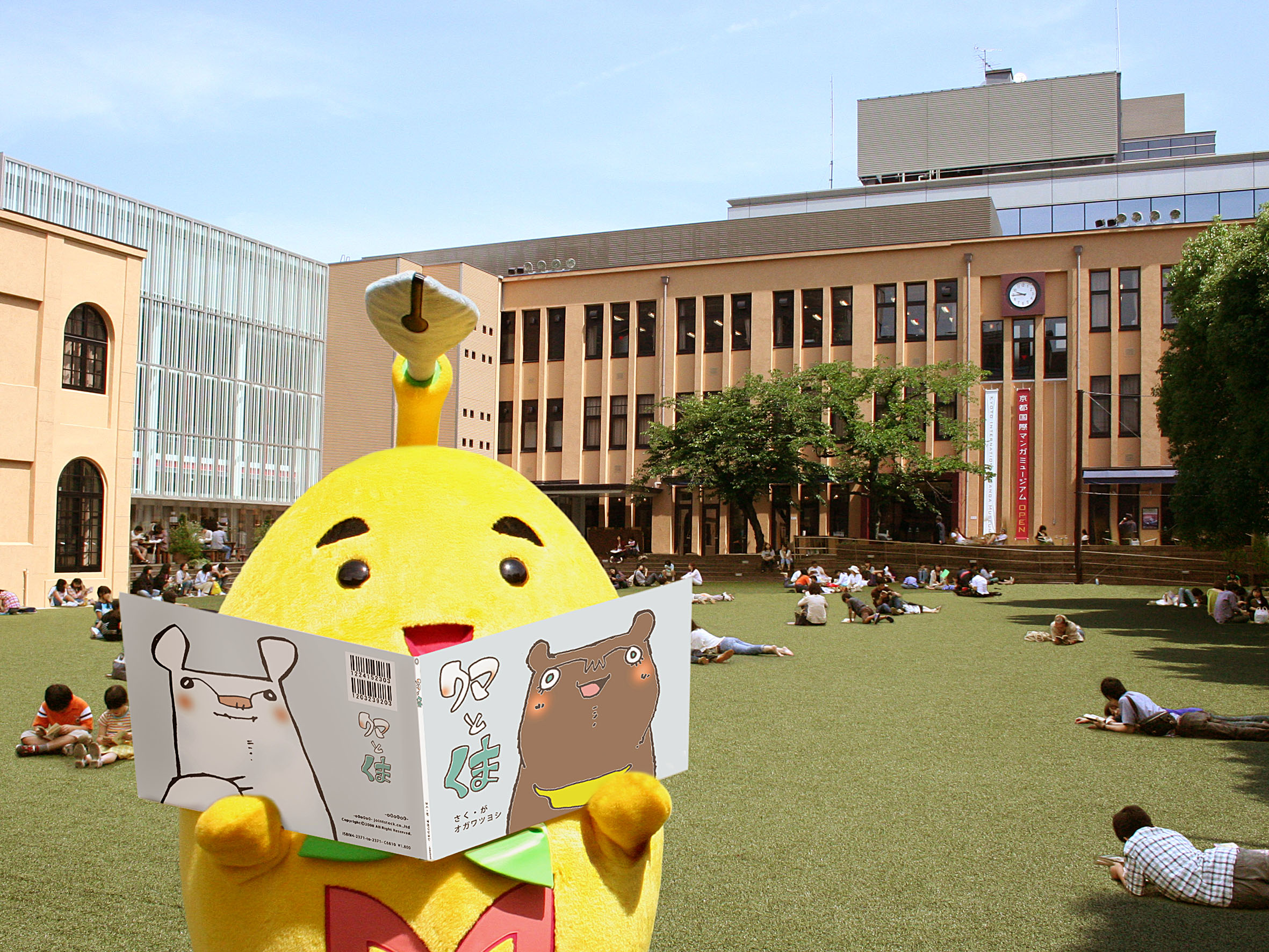
Recommended length: 1 day
In recent years manga has become a quintessential part of Japanese cultural exports. It has attracted readers from all around the world and further propelled the interest in Japanese culture as a whole.
Kyoto, despite its status as the old capital, has much to offer for people interested in learning more about this seemingly modern artform. This walking course will show you the fascinating history and vibrant modern culture of manga.
Kosan-ji Temple
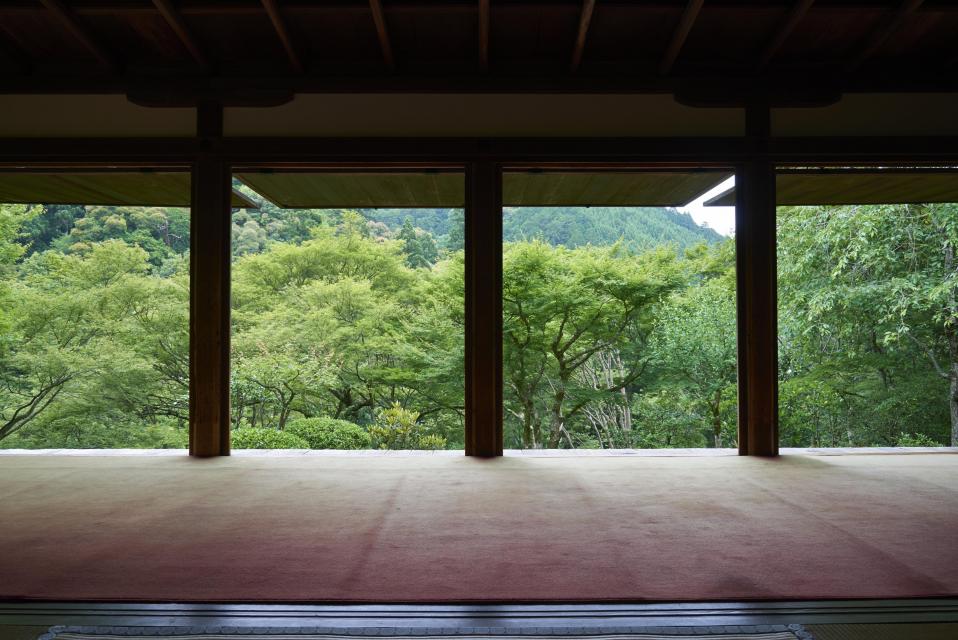
Kosan-ji is a serene temple located in Toganoo ridge. It is famous for the superb view available from the veranda of its Sekisu-in Hall, as well as for being in possession of the replica of Japan’s very first manga. The work in question is titled “Choju-jinbutsu-giga” (“The Scrolls of Frolicking Animals and Humans”) and was created between the 12th and 13th centuries.
Osamu Tezuka, one of the most prominent manga authors in Japan and the creator of the world-known “Astro Boy” series, described it as a major influence on his work. The whimsical scenes depicted on the scroll features frogs, rabbits and other animals, frolicking about and engaged in different forms of play.
-
Bus 40 minutes
-
Train 10 minutes
-
Walk 5 minutes
Daishodo Japanese Woodblock Prints
After arriving at the Teramachi shopping street, many specialty stores will attempt to gather your attention with their rare items. Daishodo is found among them and boasts an impressive collection of Japanese antique books, woodblock prints and other colorful treasures.
Several centuries after the creation of “The Scrolls of Frolicking Animals and Humans”, ukiyo-e (woodblock print) was invented. This form of printing created images of urban culture and amusement that became extremely popular among commoners in the Edo Period (1603-1868) and were often displayed in homes. In its time, similarly to how manga is today, ukiyo-e was a staple of popular culture.
You can purchase many beautiful examples of ukiyo-e and Japanese books at Daishodo. This shop carries high quality items but also sells comparatively affordable replicas.
-
Walk 20 minutes
Kyoto International Manga Museum
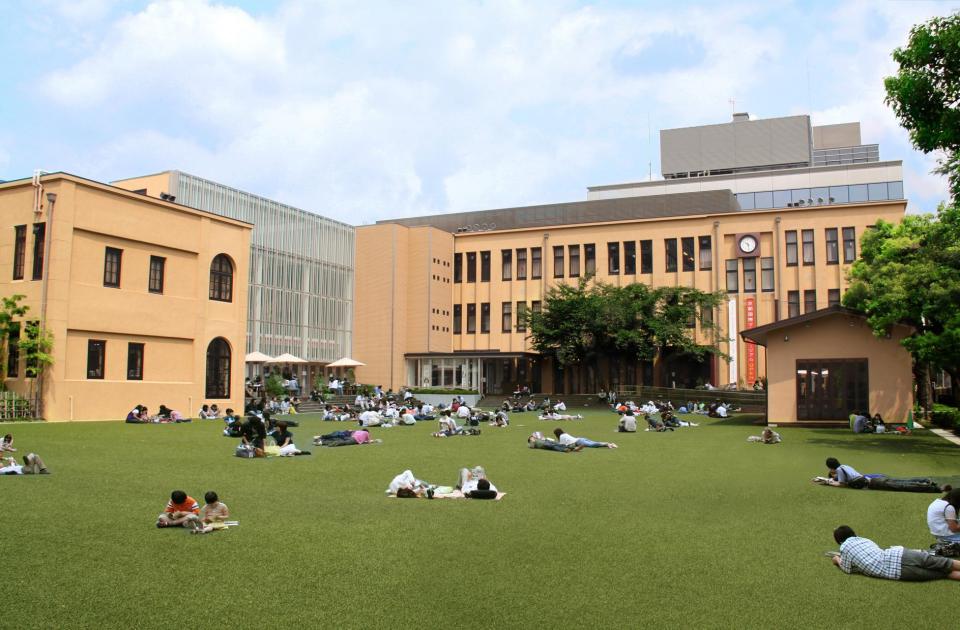
Previously an elementary school, Kyoto International Manga Museum now functions as Japan’s largest manga museum since its opening in November 2006. Its extensive collection includes international comics and Japanese manga translated into numerous languages. Visitors have a chance to read works such as “Astro Boy” in English or “Dragon Ball” in Spanish. There are thousands of works freely available for reading in the Manga Museum.
The museum additionally owns a collection of hundreds of caricature books and woodblock prints from the Edo period (1603-1868). Feel free to explore the museum at your own pace and enjoy reading any of the numerous available manga and comics.

